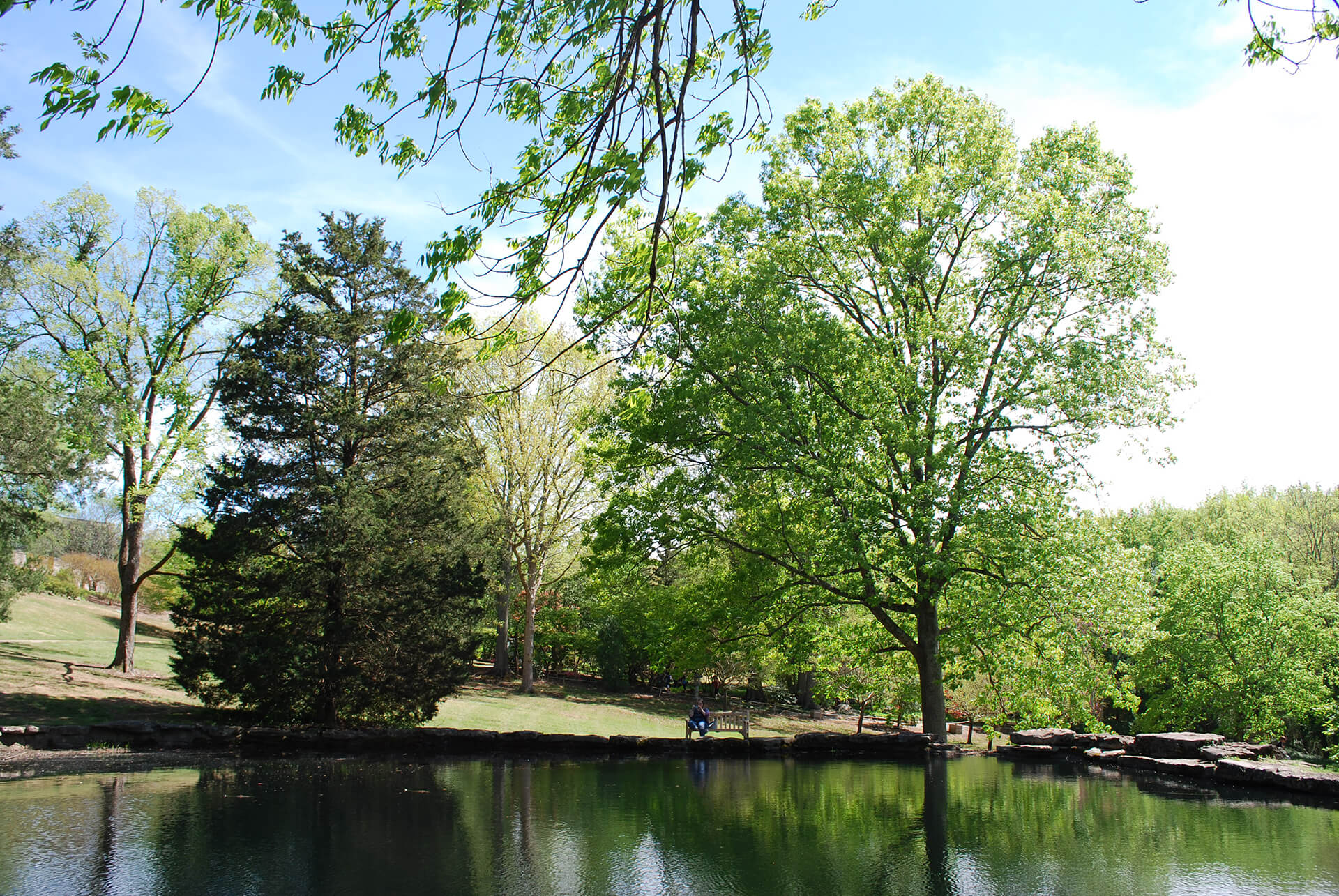Emerald Ash Borer
Emerald ash borer (commonly referred to as EAB) is a beetle native to Asia that feeds on all species of trees within the Fraxinus genus. EAB females lay eggs in crevices of the tree’s bark and the larvae bore into the cambium to feed on the vital tissue that transports nutrients and water through the trees vascular system. The larvae mature and emerge as adults in 1-2 years and repeat the life cycle. First identified in the United States (Michigan) in 2002, the EAB infestation continues to spread, threatening the entire continent’s ash population. The death of North American ash trees from this insect is rapidly decreasing species diversity found within woodlands, essentially shrinking tree canopies. And the very weakening of the tissues within infected trees poses public safety risks, as brittle, though heavy branches are bound to break away and fall. At the time of this writing, this epidemic has destroyed approximately 8 billion ash trees in the United States.
The first occurrence of emerald ash borer in Tennessee was recorded during 2010. Davidson County, of which Nashville is the county seat, was added to the list of affected regions in 2014. According to the USDA Forest Service and the Tennessee Division of Forestry, it is estimated that 271 million Ash trees are at risk of EAB in TN alone. EAB has been detected in at least 65 counties, which were under quarantine until 2021. On January 14, 2021, APHIS (Animal and Plant Health Inspection Service) officially removed the federal regulation of heavy monitoring the transportation of wood throughout the state. The organization deemed the quarantine ineffective against the spread of the pest.
For more information related to EAB in Nashville: https://www.nashvilletreefoundation.org/emerald-ash-borer-in-nashville
For more information related to EAB in Tennessee: http://protecttnforests.org/emerald_ash_borer.html
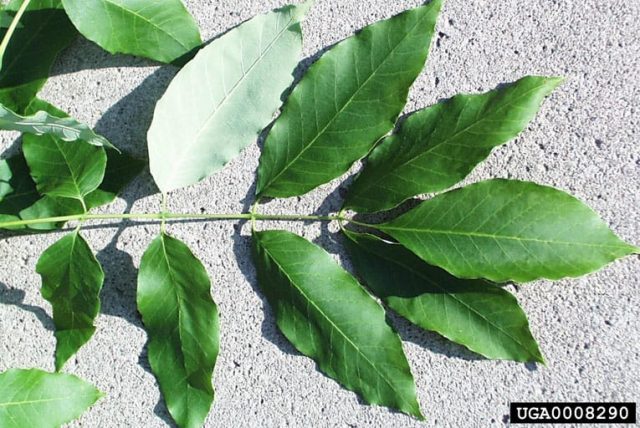
Cheekwood’s Plan
Among Cheekwood’s 55-acre estate, there are 197 ash trees currently under preventative treatment against emerald ash borer. These ash trees are more than horticultural specimens; they are part of the arboretum’s native tree collection. Many of the ash trees seen growing on the property today give historic resonance to the site, as documented through photographs dating back to the earliest days of Cheekwood. Their significance to the landscape, ecology, and the story of the property cannot be underestimated. A sudden vacancy of these trees would leave a large, devastating void in many respects.
In 2018, Cheekwood established the Emerald Ash Borer Response Program. The vision for this program is to make Cheekwood a preserve for native ash trees and a community leader in response to the emerald ash borer epidemic. The program’s main objectives are to:
- Manage and protect a large population of native ash trees on the Cheekwood property for future generations to observe, study, and enjoy
- Celebrate the species as an important American hardwood worthy of preservation; and
- Educate the community about the species and proper management in response to the emerald ash borer (EAB) epidemic.
We endeavor to treat all preeminent ash trees at Cheekwood designated as historic or imperative components to the gardens and mature tree canopy. Other considerations when selecting trees for treatment include safety, people, and property (ex.: risk if tree/limbs were to fall), general health of the tree, species diversity within portions of the garden, and location. Occasionally, a specimen is past the point of treatment, being too weak to transport the systemic insecticide up from its vascular system to the canopy.
Cheekwood began treating for EAB in 2016 with a quantity of 10 trees. That number was increased to 33 in 2017 and, in 2018, 47 ash trees were treated. In 2021, that number of treated ash trees rose to 195 total specimens under treatment.
We assist local efforts to address the EAB infestation through partnerships and community education, collaborating with the Metro Government of Nashville and Davidson County and the Metro Nashville Tree Advisory Committee. These spaces allow community members to share resources, knowledge, and expertise. Several Cheekwood staff members serve on Metro Tree Advisory Committee’s Speaker’s Bureau for public speaking engagements to educate the community.
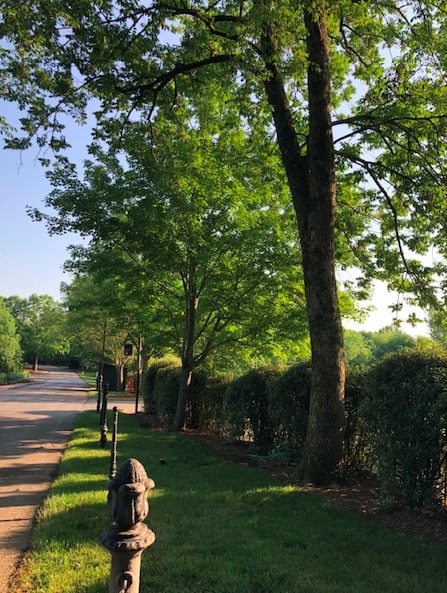
Identifying Ash Tree Species and Emerald Ash Borer
The ash tree (Fraxinus) is a member of the olive family, Oleaceae. A total of 65 species exist in North America, Europe and Asia. It is an attractive and tough hardwood that is used to make furniture, tools, oars, and baseball bats.
The three species of ash mostly commonly found in Middle Tennessee are white ash (Fraxinus americana), green ash (Fraxinus pennsylvanica) and blue ash (Fraxinus quadrangulata). These are all native species. White and green ash are frequently planted in the Nashville area, while blue ash is found growing wild in our limestone soil.
Identifying the ash tree is easy. The leaves are dark green, opposite, pinnately compound with 5-11 ovate to ovate lanceolate leaflets at 8 – 15” long. Each leaflet is acute to acuminate at the apex and tapered at the base with remote serrations. Fall color ranges from yellow to purple. The bark is ash gray to gray/brown with diamond-shaped sections interlaced with ridges. Ash trees can grow to be very tall, with the average height being between 50-80 feet.
For an ash tree identification key: http://www.emeraldashborer.info/documents/E-2892Ash1.pdf.
Signs of infestation:
- Dieback and crown thinning
- Limb death and upper leaf loss
- Excessive & active woodpecker damage (often a first symptom of early detection as this ensures that larvae are present)
- Leafy shoots emerging from the main trunk or large branches (i.e., epicormic shoots)
- Vertical bark splitting (can sometimes reveal larval
galleries beneath) - D-shaped exit holes in the bark
- Serpentine galleries and frass (powdery wood refuse) filled tunnels beneath the bark.
Recognizing EAB:
- Rigid front wings meet in a straight line down the middle of the back
- Adults are dark metallic green and are the size of a small paperclip.
- Larvae are white, legless and relatively flat. They have nested bell-shaped body segments.
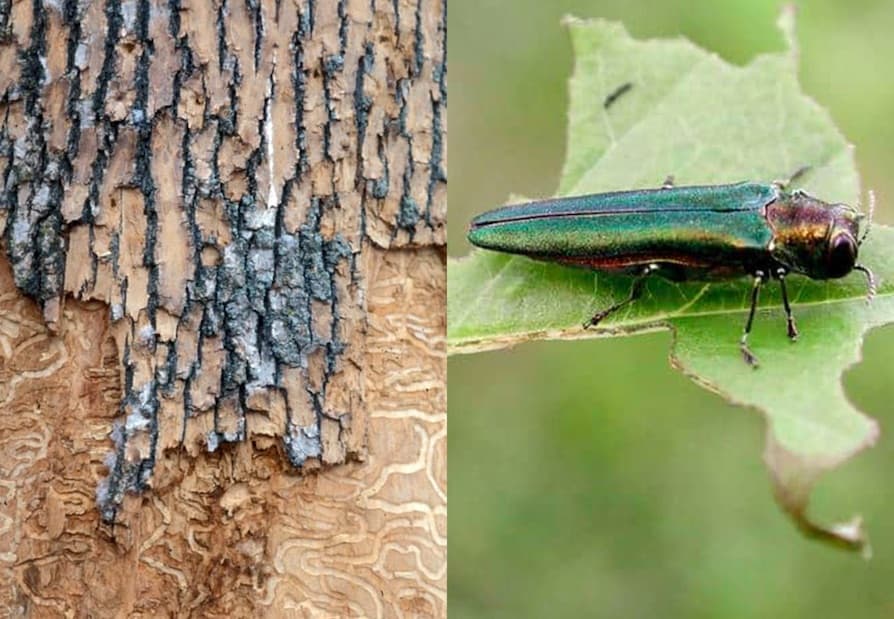
How You Can Help
Help control the spread of EAB in your region:
- Refrain from transporting firewood under any circumstances as this is one of the most known ways that the beetle travels.
- Exercise Proper Tree Health Management. Keep trees well-watered and mulched, pruning when necessary.
- Inspect your Ash Trees Annually for early detection by first knowing how to identify an ash (see image). Summer is the best time to inspect, as the trees are completely leafed out. This is also the time of year for peak egg hatch and larval establishment. Call a reputable and professional arborist if you suspect EAB.
Support Cheekwood:
You can support Cheekwood’s efforts to save its historic ash trees for the benefit of future generations. On the donation page, simply type “For the EAB Response Program” in the comments.
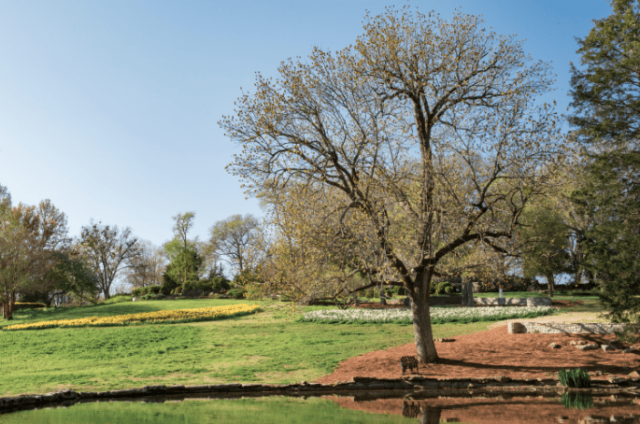
The Emerald Ash Borer Response Program at Cheekwood is supported by

